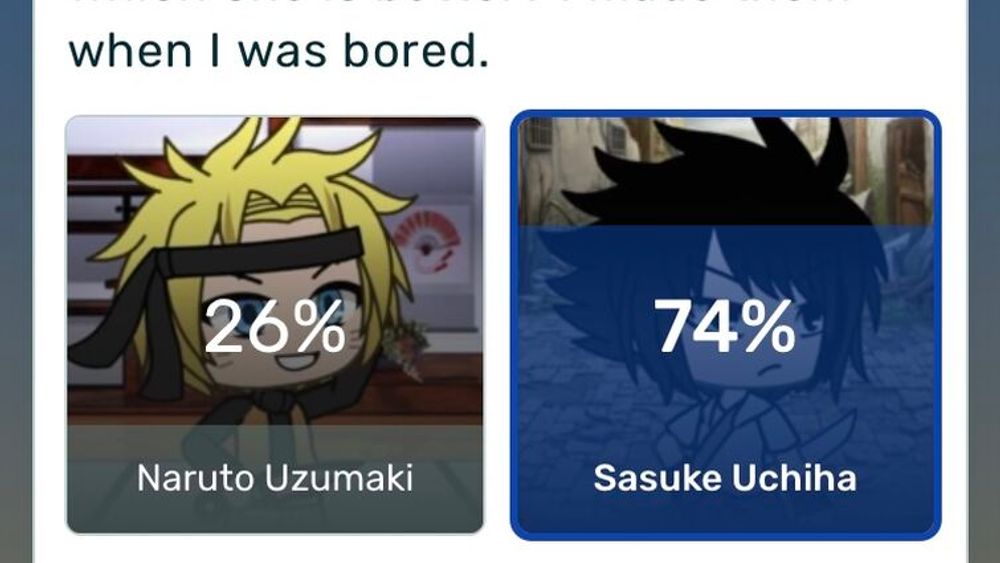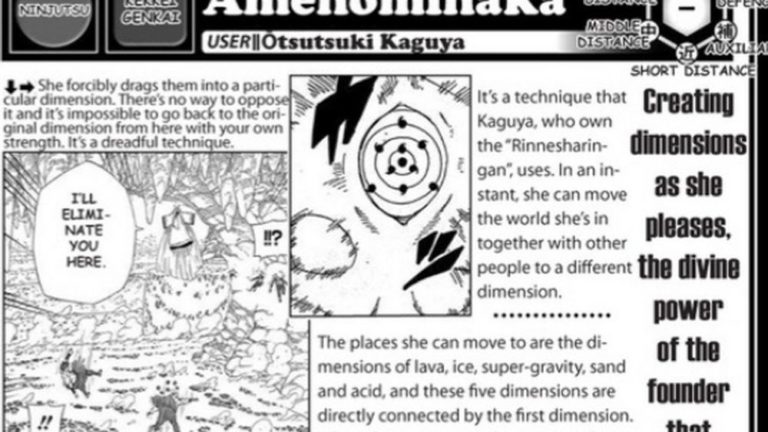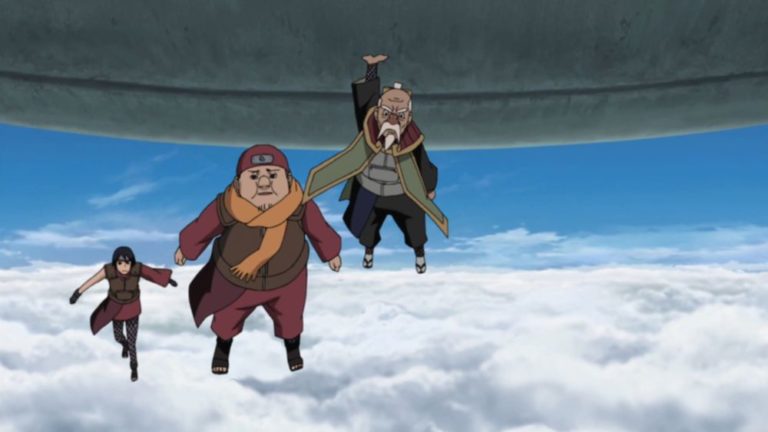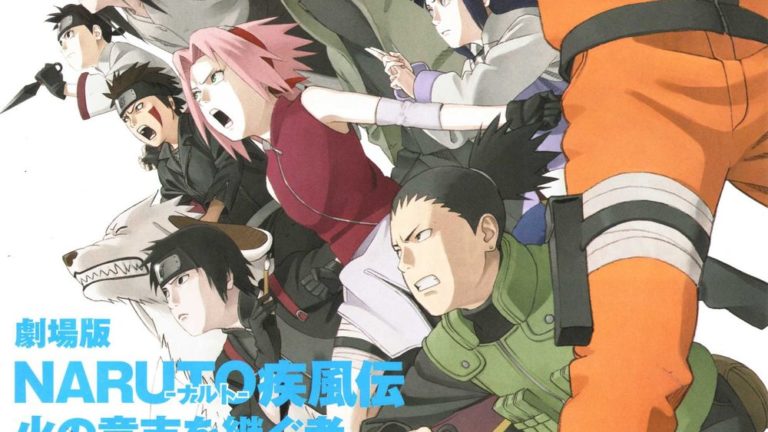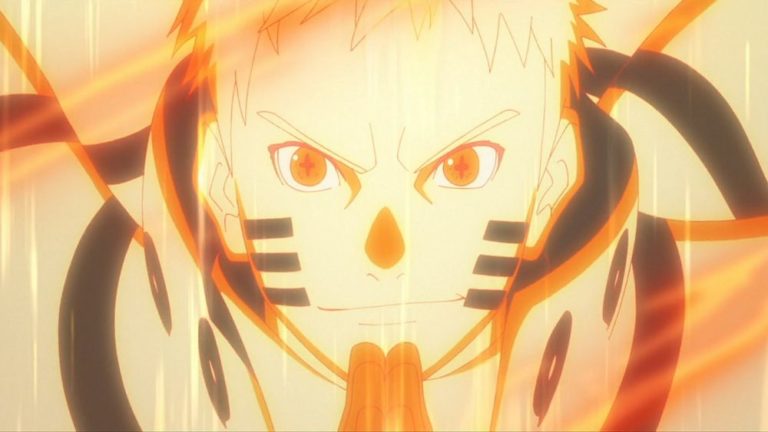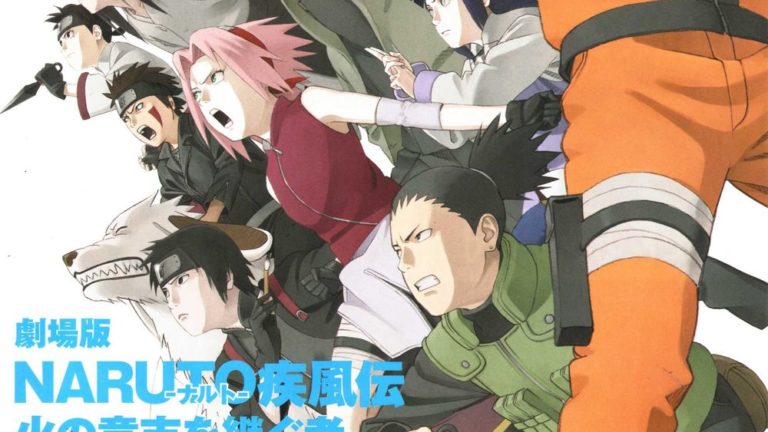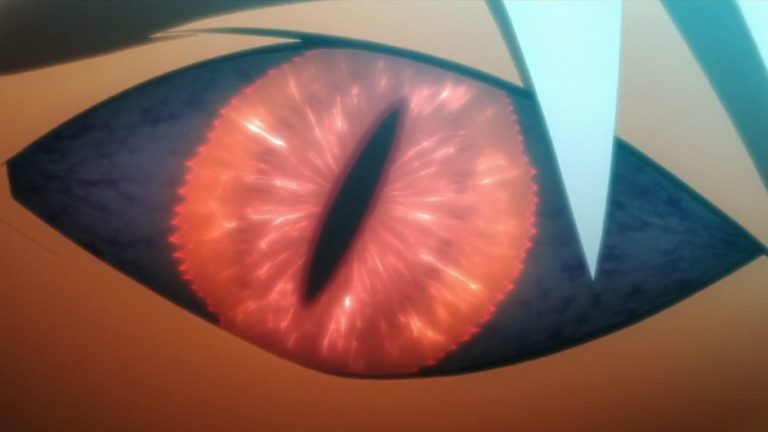When Naruto Came Out – The Ultimate Timeline
When Naruto Came Out – The Ultimate Timeline
When Naruto came out, it wasn’t just the debut of a new show; it marked the unleashing of a cultural phenomenon that would enthrall fans across the globe. From its compelling storytelling to its richly developed characters, Naruto has become a household name, echoing through the halls of anime fame for over two decades. Whether you’re a newbie who’s just heard the rallying cry of “Believe it!” or a seasoned ninja in the fandom, this timeline will guide you through the epic journey of Naruto Uzumaki and the world he lives in.
The legacy of Naruto is as massive as the tailed beasts within the series, with a fandom so dedicated it borders on the spiritual. For long-time fans, diving back into when Naruto came out is a nostalgia trip of epic proportions, filled with memories of tuning in every week to catch the latest episode, or the frustration (and ultimately satisfaction) of surviving countless filler arcs. For newcomers, there’s a vast world to explore, ripe with ninja battles, character growth, and a story that speaks to the enduring power of perseverance and friendship.
No matter where you fall on the fan spectrum, this ultimate timeline of Naruto is your guiding scroll. Prepare to relive the iconic moments, the heartbreaking losses, and the awe-inspiring victories. In this exposition, we’ll cover it all – from Masashi Kishimoto’s original sketches to the continued tales of the new generation in Boruto. So grab your forehead protector and summon your chakra; it’s time to step into the Hidden Leaf Village once again.
The Genesis of Naruto
The origin of Naruto is a tale of creativity and evolution, beginning with the imaginative mind of Masashi Kishimoto. Before the Hidden Leaf Village ever graced the page, Kishimoto dreamt up a world where ninja arts blended with modern flair, and where a young, orange-clad ninja would capture the hearts of millions.
Conceptualization and Development
Before crafting the ninja world we’ve come to adore, Masashi Kishimoto honed his skills with a one-shot story titled “Kishimoto: Karakuri“. Though this work didn’t soar in popularity, it laid the foundation for what would become the meticulous world-building of Naruto. Kishimoto’s imagination was fueled by his love for shonen stories and the intricate layers of Japanese folklore, which served as the canvas for what was to become an iconic series.
It was in 1997 when he found the perfect blend of ninjutsu and narrative, giving birth to Naruto Uzumaki – the underdog with a dream. Naruto’s character was built on the principles of resilience and determination, an embodiment of the “never give up” ethos that would resonate with audiences worldwide. Kishimoto’s commitment to creating a story that was both thrilling and emotionally grounded led to a series that defied the expectations of its genre.
Masashi Kishimoto’s commitment to creating a story that was both thrilling and emotionally grounded led to the iconic series of Naruto, which defied the expectations of its genre.
Original Manga Release
1999 was a pivotal year for manga enthusiasts – Naruto officially graced the pages of Weekly Shonen Jump. Fans were immediately drawn to Naruto Uzumaki’s quest to be acknowledged and his unyielding spirit. The manga’s release quickly set the wheels in motion for a legend in the making.
In its serialized form, the manga didn’t just introduce Naruto; it gave us a rich world of characters, each with their own compelling backstories and motivations. Readers were hooked, and as the series progressed, they became a part of Naruto’s journey to become Hokage. The complexity of the story arcs and the depth of the ninja world were unlike anything seen before, ensuring that the series stood out in the crowded shonen landscape.
Anime Adaptation Debut
When the anime adaptation hit the screens in 2002, the world was officially ready for Shadow Clones and Chidori. Fans tuned in by the millions to watch the vibrant animation bring Kishimoto’s masterfully crafted chapters to life. The debut of the Naruto anime was momentous, propelling the series into the hearts and screens of an ever-growing audience.
The anime managed to translate the emotional resonance of the manga while adding its own unique flair, especially with the now-iconic soundtrack. The enthusiasm for the series reached new heights as viewers were treated to the dynamic experience of watching Naruto’s journey unfold week after week. The impact was immediate and profound, with merchandising, video games, and cosplay quickly becoming fixtures within the fandom.
The Evolution of Naruto’s Universe
Naruto’s universe expanded in depth and scale with each new chapter and episode. As the series progressed, Kishimoto delved deeper into the shinobi world, crafting a narrative rich with tradition, conflict, and transformation.
Key Story Arcs and Plot Developments
Oh, where to begin with the key story arcs and plot developments? It’s like picking your favorite ramen flavor – nearly impossible! Let’s just say that the journey Naruto Uzumaki embarks upon is one wild, emotional roller coaster ride.
- Land of Waves marked the first intense mission, planting the seeds of growth for Team 7.
- Chunin Exams showcased the broader ninja world and the fierce competition among the young shinobi.
Each arc pushed the boundaries further, exploring complex themes like isolation, redemption, and the painful cycle of hatred. By the time Naruto faced off with Pain, the storyline had matured to tackle existential quandaries, leaving fans to ponder long after the screen faded to black.
Spin-offs and Sequels
After the epic conclusion of Naruto Shippuden, the baton was passed to a new generation in Boruto: Naruto Next Generations. It’s like, can you even deal with the levels of awesomeness here? Boruto, Naruto’s son, steps into the spotlight, bringing with him a new era of ninja that feels both fresh and deeply rooted in the history of the series.
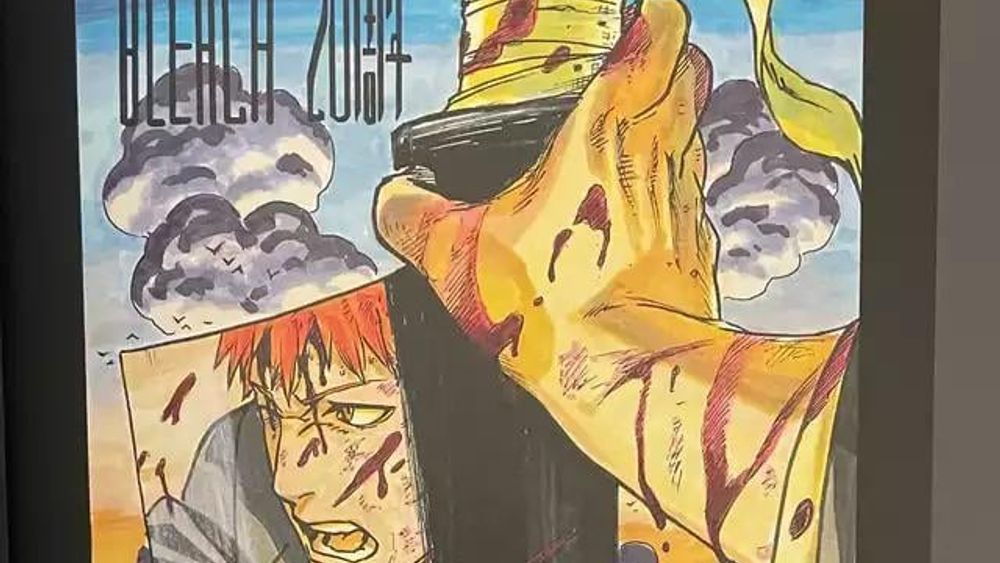
- The Last: Naruto the Movie set the stage for the transition, focusing on Naruto’s final steps toward adulthood.
- Boruto has taken the series into uncharted territory with new technological advancements and challenges.
The spin-offs and sequels have gracefully continued the legacy, ensuring that the fire of the Will of Fire burns on for fans old and new.
Boruto: Naruto Next Generations introduces a new era of ninja with fresh elements while still honoring the series’ history.
Naruto’s Global Impact and Popularity
The phrase “global sensation” doesn’t even begin to cover the magnitude of Naruto’s impact on pop culture. Not only did the series become a staple in anime communities worldwide, it crossed over into the mainstream, something very few anime have managed to do.
Naruto’s influence is seen in everything from clothing lines to schoolyard games of who can run the fastest with their arms stretched behind them (yeah, you know the one). The series has ignited a camaraderie among fans across the globe, and no matter where you go, the mention of Naruto Uzumaki is bound to evoke a shared passion and respect for his journey.
Cultural Significance and Themes
The narrative of Naruto is more than just powerful jutsu and ninja clashes; it’s woven with cultural significance and poignant themes that transcend the confines of the Hidden Leaf Village.
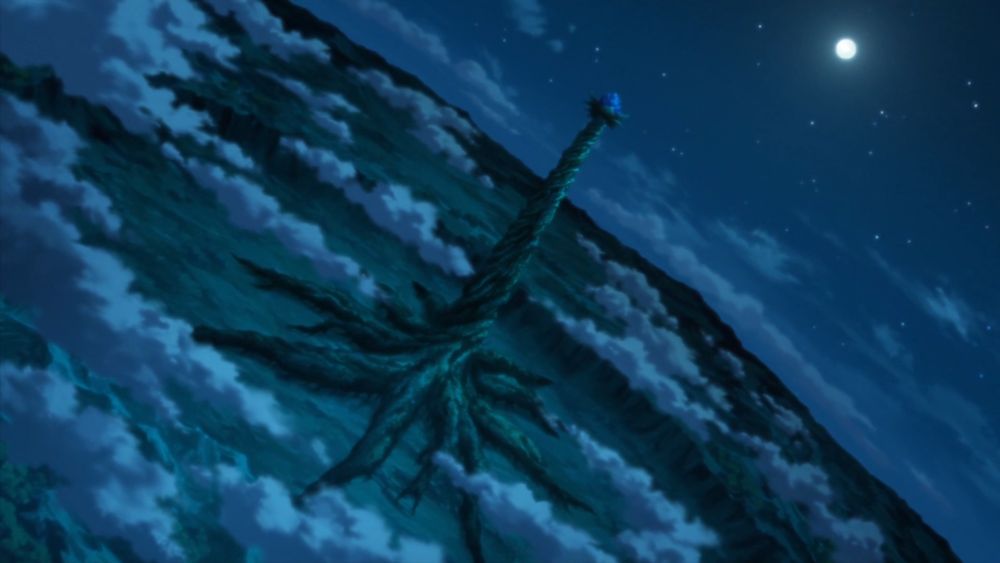
Exploring the Themes of Naruto
At its core, Naruto delves into the heartache and triumph of the human condition. Kishimoto masterfully explores themes like:
- The pain of loneliness and the warmth of acceptance.
- The consequences of hatred and the redemptive power of forgiveness.
These themes are universally relatable, which is perhaps why so many cling to Naruto’s story as a source of inspiration and comfort. They reflect our own struggles and pursuits, and the strong emotional undercurrent is a testament to Naruto’s lasting appeal.
Naruto’s Influence on Pop Culture
Naruto has surfaced everywhere, from Halloween costumes to relentless internet memes. You’ve probably seen the Naruto run meme, where fans sprint with their arms stretched out behind them, mimicking the iconic ninja sprint of our beloved protagonist. And it’s not just in the meme world; the Naruto run has made appearances in protests and even public events. The impact is so huge that even folks unfamiliar with the nitty-gritty of anime can recognize the bright orange jumpsuit and that spiky blond hair – talk about cultural osmosis!
But it goes deeper than that. Naruto’s catchphrases and iconic lines have snuck their way into our daily lingo. Phrases like “Believe it!” and “I will never go back on my word!” have inspired countless fans to embrace determination and perseverance in the face of adversity. We’ve seen collaborations with major brands, sporting the likes of Naruto-themed sneakers and apparel, cementing it as not just an anime, but a global phenomenon.
Naruto’s Legacy in the Anime Industry
Without a doubt, Naruto’s legacy is as enduring as the Hidden Leaf Village itself. It’s straddled multiple generations, inspiring countless current anime creators who grew up training alongside Naruto and his pals. Rivaling other anime behemoths in popularity, it continues to be a benchmark for success in the anime industry, proving that stories of growth, friendship, and overcoming obstacles resonate universally.
Comparing Naruto to Other Anime Giants
When we talk about anime giants, we can’t help but bring up titans like One Piece, Dragon Ball, and Bleach. Like, can we even talk about Shonen anime without mentioning Goku’s Super Saiyan transformations or Luffy’s journey to become the Pirate King? But here’s where Naruto stands tall: it’s unmatched in its emotional depth and complex character development. As much as we love the other classics, the way Naruto strategically weaves intricate backstories and philosophical dilemmas is something super special.
And let’s not forget the fights, okay? The intelligent battle strategies and jaw-dropping jutsu showdowns in Naruto definitely give every other anime a run for its money. We’re talking about fights that left viewers speechless, etching them into the annals of anime history forever. I mean, every time Naruto and Sasuke throw down, it’s not just a clash of titans; it’s a collision of ideals and histories that has us all biting our nails.
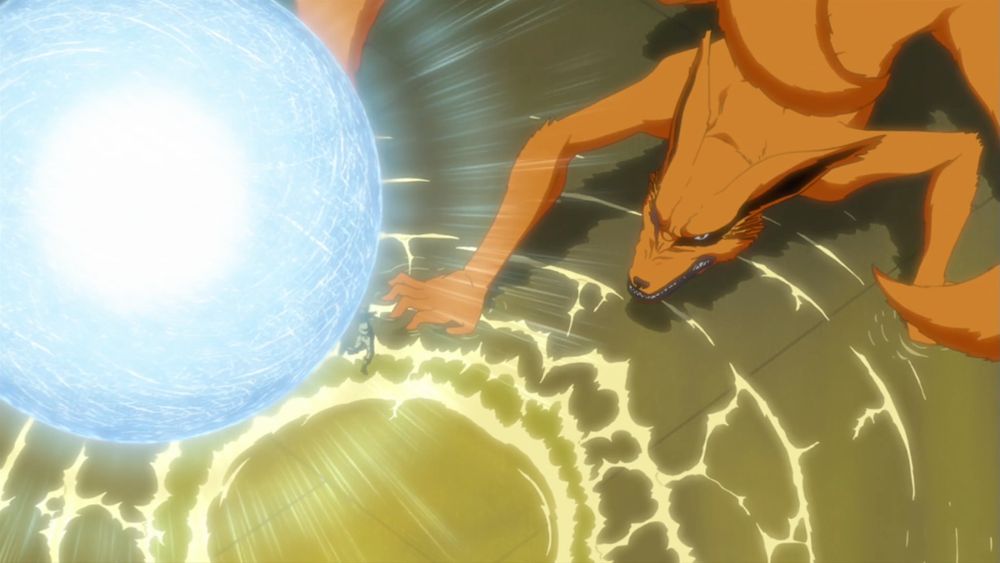
Naruto stands out for its emotional depth, complex character development, and intelligent battle strategies, making it a super special anime with unforgettable fights.
The Future of the Naruto Franchise
Naruto’s story might have wrapped up, but there’s no end in sight for this franchise. With Boruto carrying the torch forward, we’re seeing a new generation of ninja take the stage. Rumors are swirling about potential spin-offs and movies, and let’s be real, who wouldn’t love to see more from this rich ninja world? Maybe it’s time for a series dedicated to the legendary Sannin, or perhaps an in-depth look at the infamous Akatsuki – tbh, I’m totally here for it.
The exciting part is the possibility of new characters, innovations in ninjutsu, and unraveling more untold stories within the Naruto universe. Will Sarada surpass her father, Sasuke? Could Boruto potentially explore new ninja realms? These are the questions keeping us up at night, folks. And with continued video game releases and merch drops that make our wallets cry, Naruto’s legacy isn’t just surviving – it’s thriving.
Amidst all the speculation, one thing is crystal clear: the spirit of Naruto will persevere, just like Naruto Uzumaki himself – forever relentless, forever inspiring, and forever in the hearts of fans around the world. Who knows where the franchise will go next, but as long as we have that indomitable will of the Shinobi, the future looks brighter than ever.
FAQs
1. When did the Naruto manga first get published?
The Naruto manga first got published in 1999 by Shueisha in Weekly Shōnen Jump magazine. Fans dove headfirst into the world of Konoha on that auspicious day, marking the beginning of an epic saga that would captivate hearts worldwide.
2. What year did the Naruto anime series first air?
The Naruto anime series first aired in the year 2002. That’s when viewers were first treated to seeing Naruto’s journey from mischievous outcast to respected Hokage unfold on their screens.
3. How many episodes does the original Naruto anime contain?
The original Naruto anime contains 220 episodes, documenting the pre-teen years of Naruto’s life and adventures full of Laughs, Tears, and tremendous battles.
4. Are there any direct sequels or spin-offs of Naruto?
Yes, there are direct sequels and spin-offs of Naruto, including the sequel series Boruto: Naruto Next Generations and various movies that delve deeper into the shinobi lore of the Naruto universe.
Conclusion
When Naruto came out, it was more than just an anime; it became a centerpiece for countless lifelong memories. From the first time Naruto shouted, “I’m gonna be Hokage one day!” to the epic showdown with Pain, we’ve been on a rollercoaster of emotions that continues with Boruto’s story. As we anticipate new chapters and re-watch our favorite episodes for the umpteenth time, one thing is for sure – Naruto has carved out a place in our hearts as giant as the Chakra-infused Rasengan.
From discussing who might be hiding behind Tobi’s mask to jamming along to Ninja Brian‘s latest track, our connection with Naruto is deep and joyful. For those who’ve lept into this world echoing Tobi_Akatsuki’s_idiot battle cry, or for those who’ve yet to dive in – know that the adventure is far from over, and the community is here, open-armed and ready for you.
And with that, my fellow shinobi, it’s time to wrap up. Whether you’ve shadow cloned yourself into the fandom recently or you’ve been here since the OG days of Team 7, thanks for sharing this Kunai-throwing, Ramen-eating, Jutsu-casting journey. Until our next anime chat, stay awesome and keep living that Shinobi Way – Dattebayo!
Signing off with a big heartfelt goodbye,
Alex
This article uses material from the Naruto wiki at Fandom and is licensed under the Creative Commons Attribution-Share Alike License.

